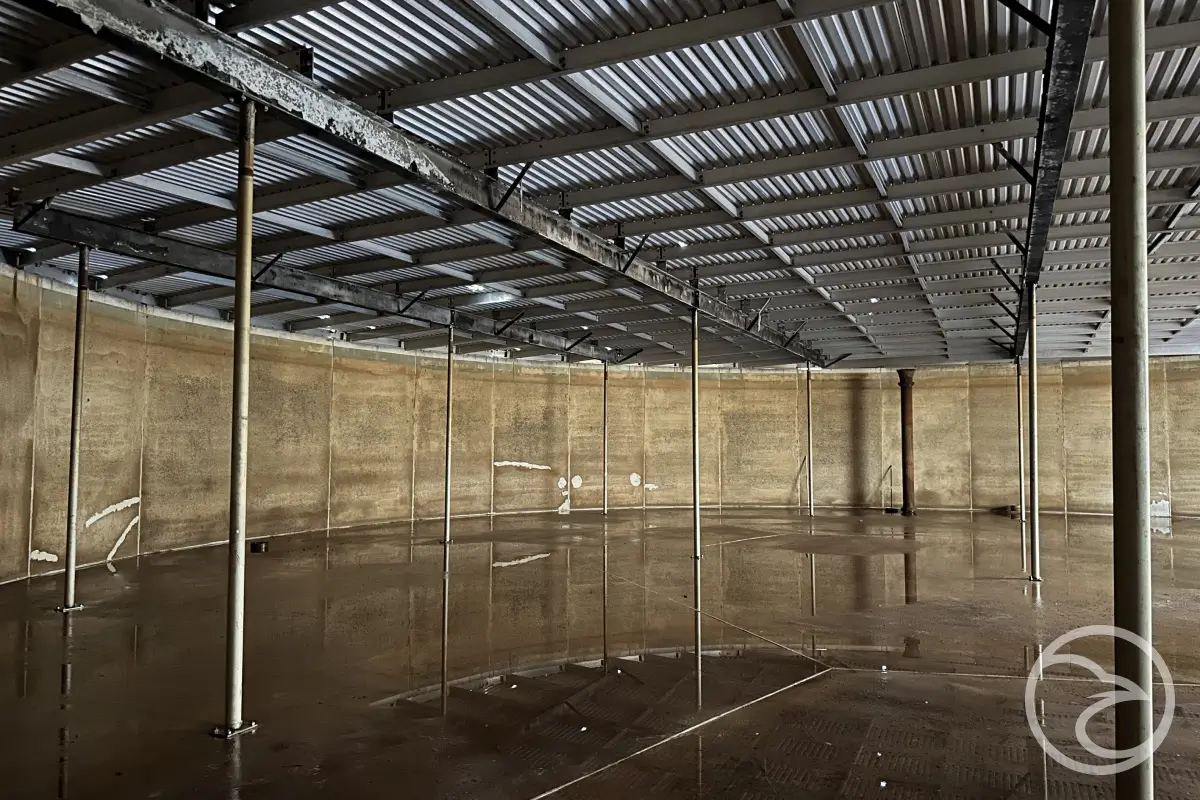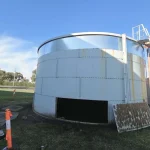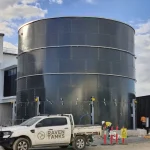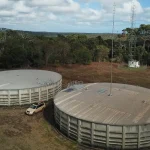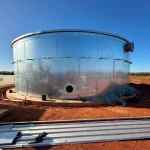Regular tank maintenance ensures the safe storage of drinking water, rainwater, or fire protection supply. Without proper care, tanks can develop leaks, contamination, or structural issues that compromise water quality and system reliability. Preventive maintenance not only extends the lifespan of the tank but also reduces long-term repair costs.
Essential Tank Maintenance Tips
- Clean tanks regularly: Sediment, algae, and sludge accumulate over time. Cleaning prevents bacterial growth and keeps water safe.
- Check inlets and outlets: Blockages can cause overflow, pressure issues, or uneven water distribution.
- Inspect the roof and seals: Damaged lids or seals allow debris, insects, or animals to enter.
- Monitor water quality: Test water for taste, odor, or discoloration, especially for potable storage.
- Schedule inspections: Professional checks can detect structural cracks or corrosion before they escalate.
Tank Refurbishment: Extending Service Life
When tanks begin to show signs of wear, refurbishment is often more cost-effective than complete replacement. Refurbishment restores the structural integrity and functionality of water storage assets.
Common Refurbishment Services
- Leak repairs: Cracks in concrete water tanks or splits in plastic tanks can be sealed with specialized coatings and adhesives.
- Liner replacement: Installing a new PVC, HDPE, or epoxy liner prevents leaks and contamination.
- Protective coatings: Epoxy or polyurethane coatings resist corrosion, particularly in steel and concrete tanks.
- Structural reinforcement: Damaged walls, bases, or roofs can be strengthened with new panels or support systems.
Benefits of Refurbishment
- Extends tank life by 10–20 years.
- Improves compliance with Australian Standards such as AS 1851-2012 for fire tanks.
- Enhances water safety for potable or industrial use.
- More affordable than full tank replacement.
Water Storage Inspections: Ensuring Safety and Compliance
Professional water storage inspections are critical for identifying risks early. Depending on the application such as drinking water, rainwater harvesting, or fire safety, inspections follow strict guidelines.
Types of Inspections
- Visual inspections: Technicians check for cracks, corrosion, or contamination.
- Drone inspections: Increasingly popular for large or difficult-to-access tanks.
- ROV inspections: Remotely operated vehicles perform underwater checks without draining potable water tanks.
- Compliance inspections: For fire tanks, AS 1851-2012 requires routine maintenance and inspection reporting.
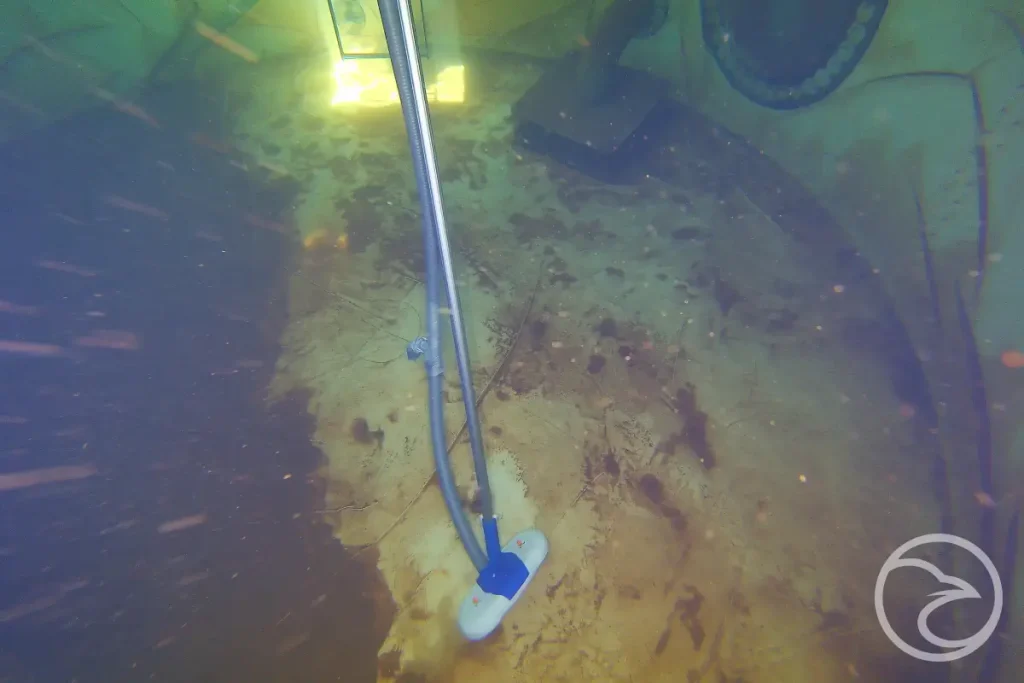
How Often Should Tanks be Inspected?
- Potable water tanks: Every 12–24 months.
- Rainwater harvesting tanks: At least annually, plus cleaning every 2–3 years.
- Fire water tanks: As per AS 1851-2012, inspections should be conducted quarterly, annually, and five-yearly depending on the element being tested.
Conclusion
Investing in tank maintenance, refurbishment, and water storage inspections protects both water quality and infrastructure. Regular cleaning, timely repairs, and professional inspections ensure your tanks remain safe, efficient, and compliant with industry standards. Whether you manage a residential rainwater tank, a commercial fire tank, or an industrial storage system, proper upkeep saves costs and extends service life.
